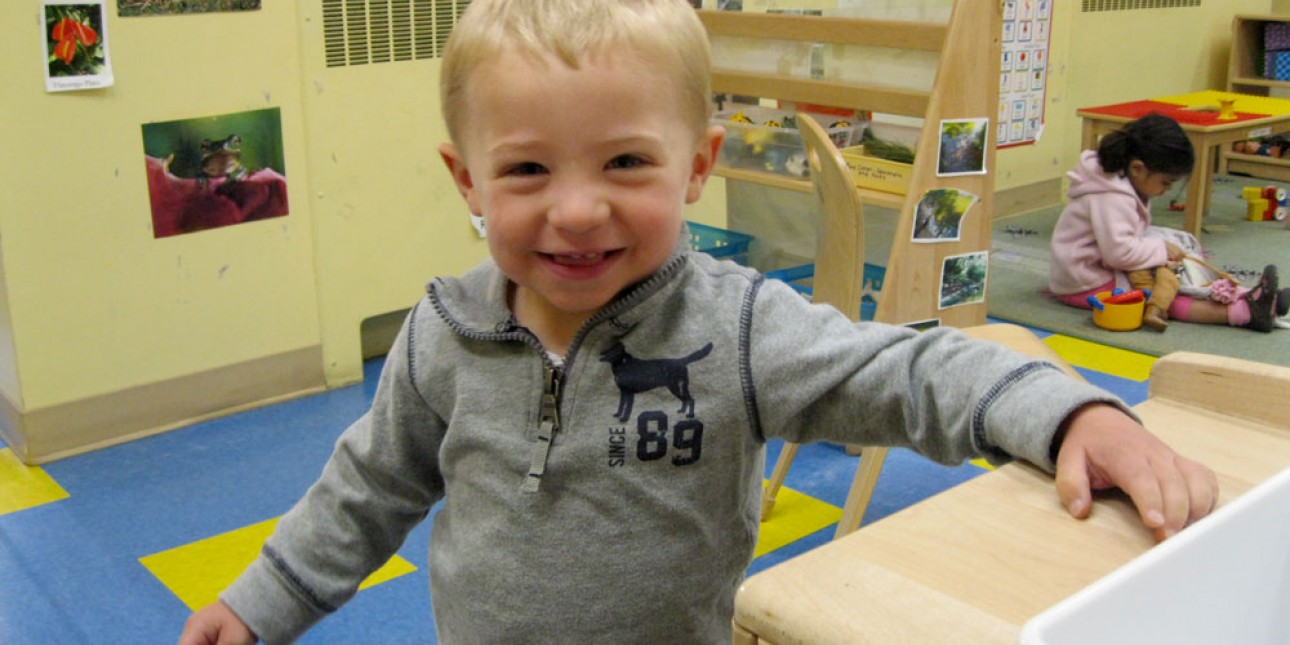In the Classroom: The Moonbeams

Understanding the Biter
Recently, Moonbeam teacher Shayla Felton-Dorsey attended the 2013 NAEYC (National Association for the Education of Young Children) Conference and Expo in Washington, D.C. One of the trainings she attended was on biting as a developmentally appropriate behavior for infants and toddlers. Here she shares what she learned.
Infants and toddlers may bite to express feelings of frustration, anxiety, anger or excitement. Children at this young age may lack the vocabulary words to properly express their need for space or something that they want. Sometimes, biting can be a reaction to a child’s environment, especially if it is over stimulating.
Infants and toddlers may bite as a result of oral motor development issues such as teething pain or discomfort, imitating others, as well as exploring cause and effect. (i.e. When I bite someone, he/she cries and becomes upset.)
In the Moonbeams toddler classroom, we provide care and comfort to a bitten child, while also supporting the biter and encouraging the child to use his/her words. As teachers, we try to determine why the biter bit in the first place.
Sometimes it is just to test their parents or teachers. Other times it is because they can get a reaction from their peers. If a friend takes away a toy, biting will make them quickly let go of the toy.
As a toddler becomes more verbal and more social, they learn that biting hurts their friend and they can ask their friend for a turn with the toy.
Often we model the appropriate words such as, food is for biting, doing that hurts your friends, or please tell your friend that you need space.
Sometimes parents get upset when they are told that their child has bitten someone. This is understandable. However, we want to reassure you that many infants and toddlers do go through a biting phase and it is all just part of growing up.